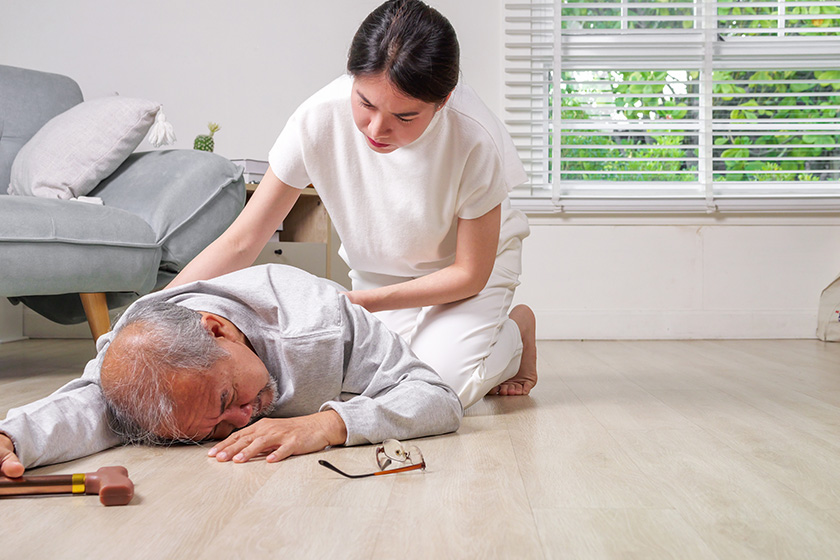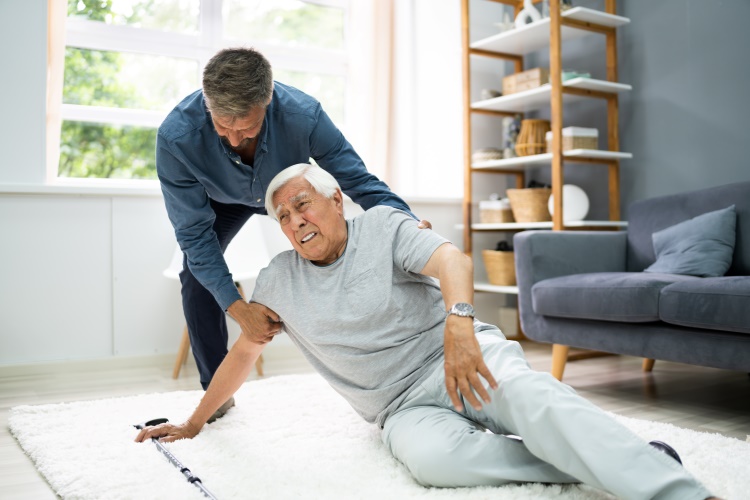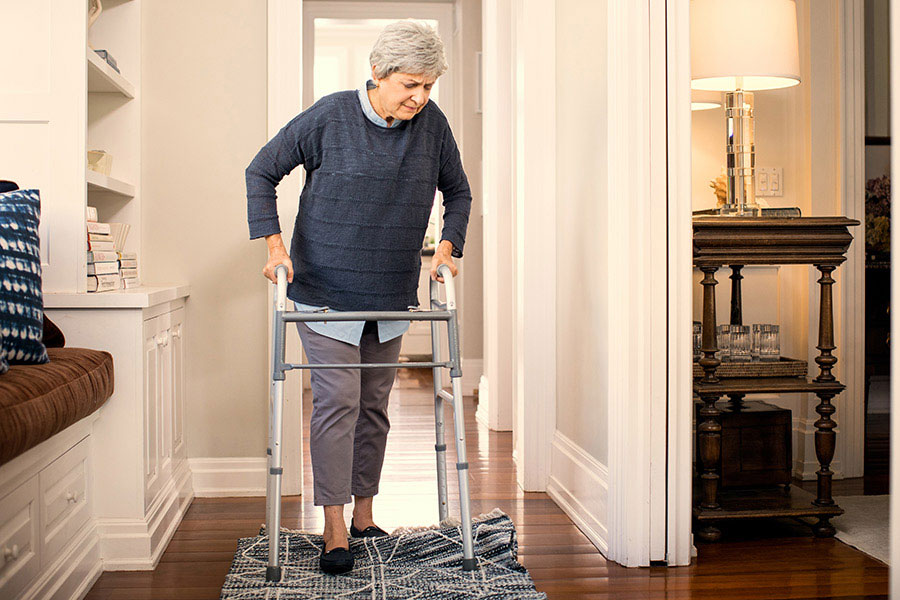In today’s world, where technology has become an integral part of our daily lives, the question arises: Can fall detection devices track other activities as effectively as they detect falls? With the advancement in technology, these devices have evolved, providing not only safety but also offering a range of features that can enhance the quality of life for the elderly. In this article, we will explore the capabilities of these devices and how they are shaping the future of elderly care.

The Evolution of Fall Detection Devices
Fall detection devices have come a long way from being simple devices that alert caregivers in case of a fall. Today’s devices are equipped with advanced sensors and algorithms that can monitor various activities. But the question remains, can fall detection devices track other activities effectively?
Understanding the Technology Behind Fall Detection Devices
The technology used in fall detection devices is quite impressive. Most of these devices use a combination of accelerometers, gyroscopes, and sometimes even GPS to accurately detect a fall. These sensors can also be used to monitor other activities such as walking, sitting, and even sleeping patterns.
Activity Monitoring Features
Many fall detection devices now include activity monitoring features. These features can track the user’s daily activities, providing valuable insights into their health and well-being. For example, some devices can monitor the number of steps taken, the distance covered, and even the quality of sleep.
Benefits of Activity Tracking
Activity tracking can be beneficial for both the user and their caregivers. It provides a comprehensive overview of the user’s daily routine, helping to identify any potential health issues. For instance, a sudden decrease in activity levels could indicate a problem that needs to be addressed.
Promoting a Healthy Lifestyle
By tracking activities, users can set goals and track their progress over time. This can encourage a more active and healthy lifestyle, which is particularly important for the elderly. Regular physical activity is known to have numerous health benefits, including improved mobility and a reduced risk of falls.
Providing Peace of Mind
For caregivers, activity tracking provides peace of mind. Knowing that their loved one is active and healthy can alleviate some of the stress associated with caregiving. It also allows caregivers to keep an eye on the user’s well-being without being intrusive.
Challenges and Limitations
While fall detection devices offer numerous benefits, they are not without their challenges. One of the main limitations is the reliance on technology. Not all users may be comfortable with using these devices, and there is always the risk of technical issues.
Accuracy and Reliability
Another challenge is the accuracy and reliability of these devices. While the technology has improved significantly, there is still the potential for false alarms or missed falls. It is important for users to understand that these devices are not infallible and should be used as part of a comprehensive fall prevention plan.
Privacy Concerns
Privacy is another concern for users. With the constant monitoring of activities, there is the potential for data to be misused. Users need to be aware of the privacy policies of the device they choose and ensure that their data is protected.
The Future of Fall Detection Devices
The future of fall detection devices looks promising. With ongoing advancements in technology, these devices will continue to evolve, offering even more features and improved accuracy. The integration of artificial intelligence and machine learning is expected to play a significant role in the future of these devices.
Integration with Smart Home Devices
One exciting development is the integration of fall detection devices with smart home technology. This integration allows for a more seamless experience, where devices can communicate with each other to provide a more comprehensive monitoring system. For example, a fall detection device could trigger an alert to a smart speaker, which could then notify the user or their caregiver.
Potential for Medical Monitoring
As technology continues to advance, there is also the potential for fall detection devices to be used for medical monitoring. These devices could track vital signs such as heart rate and blood pressure, providing valuable data that can be used to monitor the user’s overall health.
Conclusion
In conclusion, fall detection devices have the potential to do much more than just detect falls. With the ability to track various activities, these devices can provide valuable insights into the user’s daily routine and overall health. While there are challenges and limitations, the benefits of these devices make them a valuable tool for elderly care. As technology continues to evolve, we can expect to see even more advancements in this field, making fall detection devices an essential part of elderly care.

FAQs
1. What activities can fall detection devices track?
Fall detection devices can track a variety of activities, including walking, sitting, sleeping patterns, and sometimes even heart rate and blood pressure.
2. Are fall detection devices accurate?
While fall detection devices have improved in accuracy, they are not infallible. It is important to use them as part of a comprehensive fall prevention plan.
3. How do fall detection devices promote a healthy lifestyle?
By tracking activities, users can set goals and track their progress over time, encouraging a more active and healthy lifestyle. Regular physical activity has numerous health benefits, including improved mobility and a reduced risk of falls.
For more information on fall prevention, visit Health in Aging or Mayo Clinic.
This article contains affiliate links. We may earn a commission at no extra cost to you.

